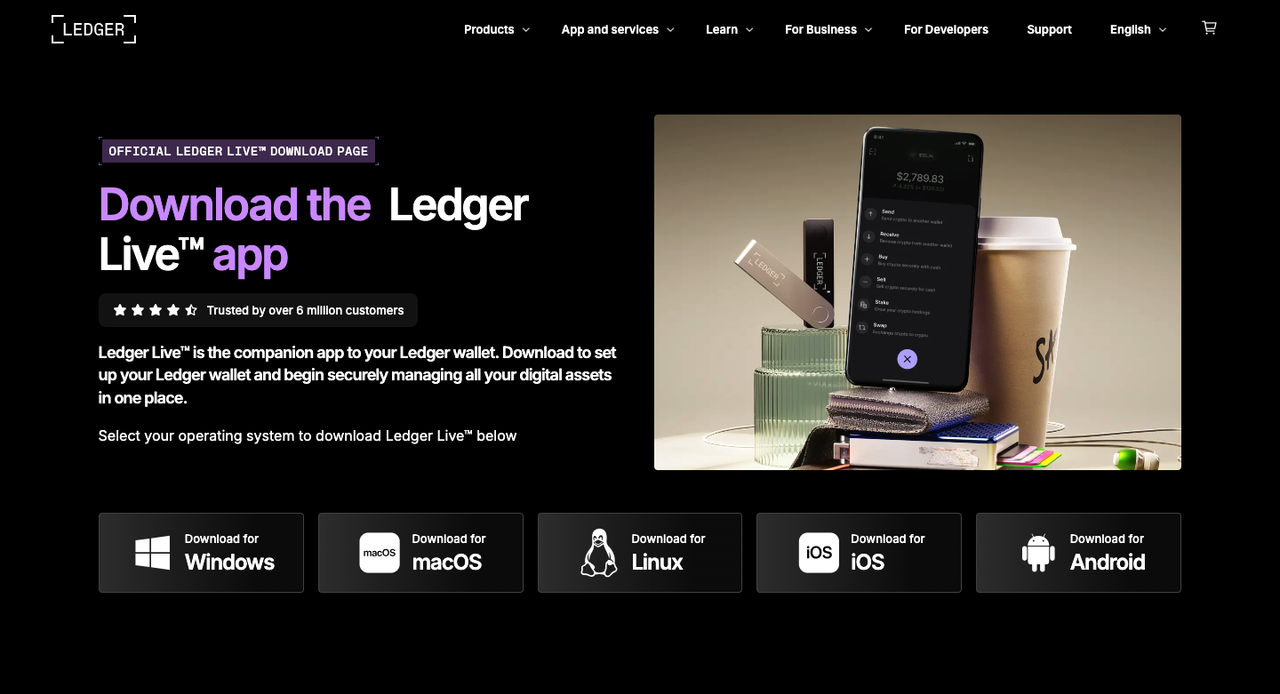Mastering Your Ledger Wallet Login Experience
Ledger wallets have become a cornerstone of secure cryptocurrency storage, allowing users to manage digital assets with unmatched hardware-level protection. Unlike online or software wallets, Ledger devices store private keys offline, keeping them away from potential cyber threats. Knowing how to log in securely and manage your wallet properly is crucial for long-term asset safety.
Initial Device Access
When logging into your Ledger wallet for the first time, you must connect your device via USB to a trusted computer. Once connected, launch Ledger Live—the official desktop interface for managing your coins. You'll be prompted to enter your PIN, a code you created during the initial device setup. If entered incorrectly three times, the device will reset for your protection, emphasizing the importance of remembering your PIN.
Using Ledger Live for Secure Management
Ledger Live serves as the control center for your wallet. After a successful login, you can access your accounts, track portfolio performance, send and receive cryptocurrencies, and install specific coin apps to your Ledger device. Always ensure you're using the latest version of Ledger Live, as updates often include crucial security enhancements and new feature support.
Recovery Phrase Awareness
One of the most sensitive aspects of using Ledger is your 24-word recovery phrase. This phrase is the ultimate backup that can restore access to your assets if the device is lost or damaged. Never share this phrase, and never enter it on a computer or phone. It should be handwritten and stored securely offline. Even Ledger support staff will never ask for it.
Security Hygiene Tips
- Always verify the website URL before downloading Ledger Live or checking updates.
- Physically inspect your Ledger device's packaging and seals before first use.
- Enable password lock on Ledger Live for added access control.
- Never log in using a public or shared computer to reduce exposure risks.
- Consider using a second device for verifying larger transactions as an added layer of validation.
Handling Login Issues
If you encounter trouble logging in, first verify that your device is recognized by your computer. Reboot both the computer and the Ledger device. If the PIN is forgotten or entered incorrectly three times, the device will wipe all data. You’ll need to restore using your recovery phrase on the same or a new Ledger wallet.
Maintaining Long-Term Safety
Securing a Ledger wallet is not a one-time event but an ongoing practice. Avoid storing your device in visible places, regularly audit your recovery phrase storage location, and stay up to date with Ledger's announcements. Your login habits play a huge role in defending your crypto assets against unauthorized access or theft.
By following proper login protocols and maintaining responsible habits, users can benefit from the full spectrum of Ledger’s security architecture. A simple PIN, a discreet recovery phrase, and a few extra minutes of precaution can ensure long-lasting digital asset protection.

